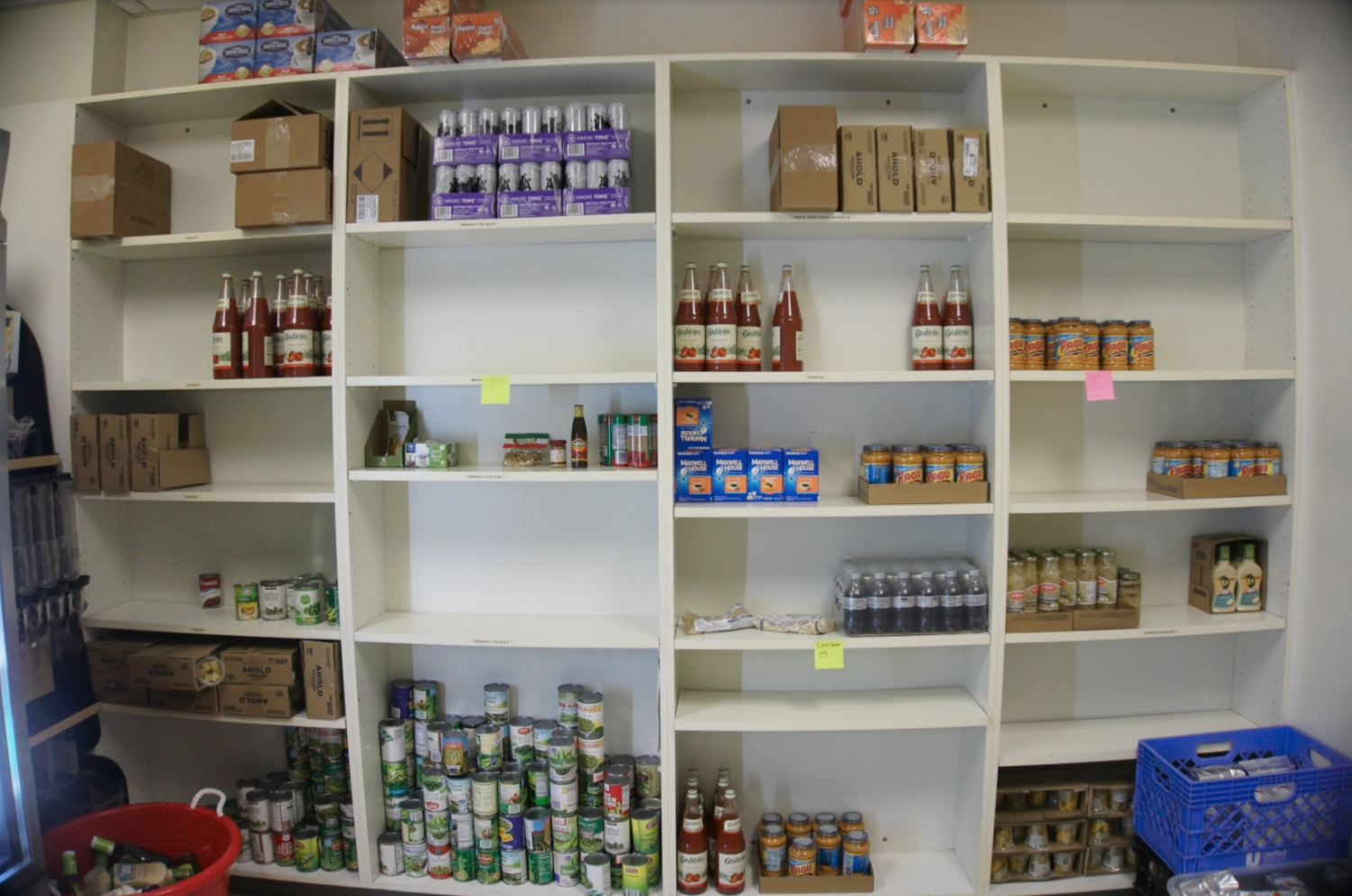After exhausting all financial options, several students resort to sleeping in their cars, skipping meals, couch surfing or even sleeping on the streets. One in five students are in need of food, and one in 10 are in need of housing, according to research by Cal State Long Beach assistant professor in the school of Social Work, Rashida Crutchfield.
The Student Emergency Intervention and Wellness Program combats these emergency situations by targeting students with housing and food insecurities to immediately serve some of the most at-risk on campus.
“I was facing a situation where I was completely homeless and I was using my friends’ places, but it wasn’t long-term, and I didn’t have resources to get food or to eat healthy,” said Anette Alvarez, junior recreational therapy major. “I had already exhausted all of my financial aid — I used all my loans and [Free Application for Federal Student Aid]. They helped me find an apartment soon after, and they gave me 10 free dining hall meals for the entire semester. They also signed me up for the CalFresh program, so I got money for groceries through them, and they basically held my hand through the entire semester.”
The Cal State Chancellor’s Office strongly encourages every campus to develop appropriate programs to serve students in danger of experiencing homelessness. The university has chosen to implement the Student Emergency Grant, the Meals Assistance Program and the Short-Term Housing Program that all fall under the emergency intervention initiative. On average, the Student Emergency Intervention and Wellness Program helps about six students per day in order to combat unforeseen emergencies by providing meals, housing or grants.
“We don’t know the exact number [of homeless students] because we don’t ask students that,” President Jane Close Conoley said in an interview with the Daily 49er. “What we’ve learned is that a student sleeping in his or her car is not coming to us saying ‘I’m homeless.’ They’re just saying, ‘I don’t have the money to get back and forth. Often you can find a strategy though, like maybe there’s a room in student housing we can use. But it’s an ongoing issue and apparently something that will increase.”
The Student Emergency Grant is a $500 grant fueled by private donations that students can apply for once they have exhausted all financial aid options. To apply for the grant, students must be enrolled and must be able to demonstrate urgent financial need.
Jeff Klaus, associate vice president for student life and development of student affairs, stated that students who are worried about where their next meal is coming from tend to have a difficult time focusing on their studies.
“I would advise students not to be afraid to reach out and get help, because our campus is committed to assisting them,” Klaus said.
He went on to explain the organization “has put a lot of time and effort into getting this program set up, so we can help students transition through a very difficult time in their lives.”
The Meals Assistance Program helps students who are experiencing emergency food insecurities by providing them access to healthy meals in one of the three University Dining Commons. To ensure confidentiality, the meals are placed on the student’s ID card, so they can receive meals like any other student.
Several meals for this program come from the Feed a Need campaign, where residents living in the campus housing facilities can donate their meals to go toward students in need. According to Kay Dela Cruz, the annual giving assistant for university relations and development, 49er Shops have also agreed to match the first 300 meals donated. Within the fall semester, the campaign raised 1,446 meals for students who are facing food insecurity, according to Dela Cruz.
The Short-Term Emergency Housing Program provides displaced students access to temporary on-campus housing in the residence halls to ensure student well-being while they acquire permanent housing.
“There are some amazing success stories,” Klaus said. “We’ve had students that were taking care of their parents and themselves and having to live in shelters. Once they applied…they were able to transition out of that immediate situation and were able to go into long-term housing and employment.”
In addition, the Student Emergency Intervention and Wellness Program works with students and counselors to ensure long-term success for each student.
Although Crutchfield has provided initial research on students in need, she is working on a more comprehensive research project within the Cal State system and will provide data to help all campuses determine the magnitude of the problem.
The Student Emergency Intervention and Wellness Program urges students in need to apply online at csulb.edu/supportingstudents under the tab “Student Application.” To refer a student in need, contact the program via email at [email protected].




